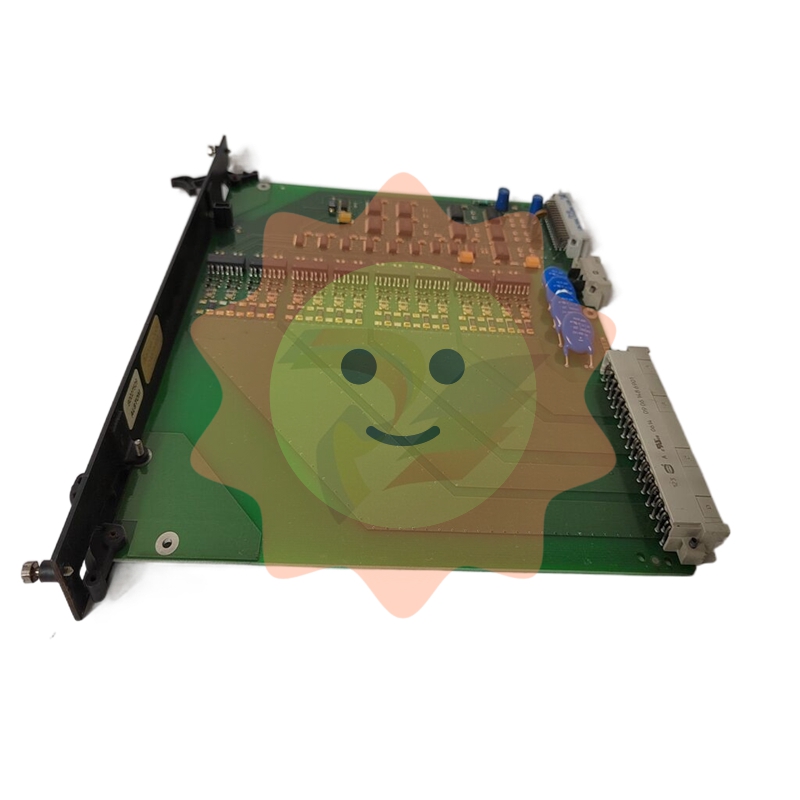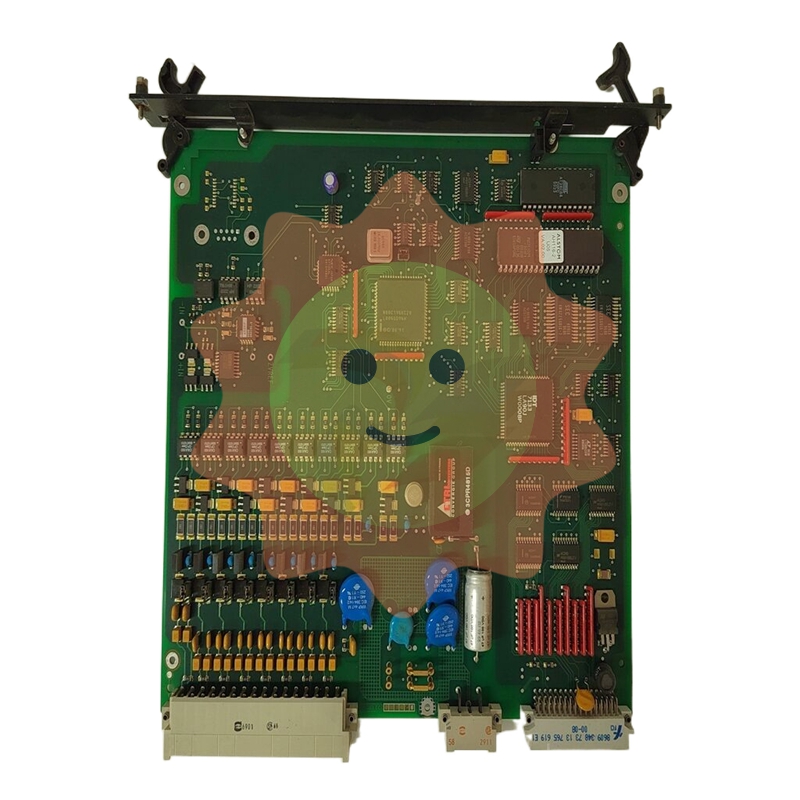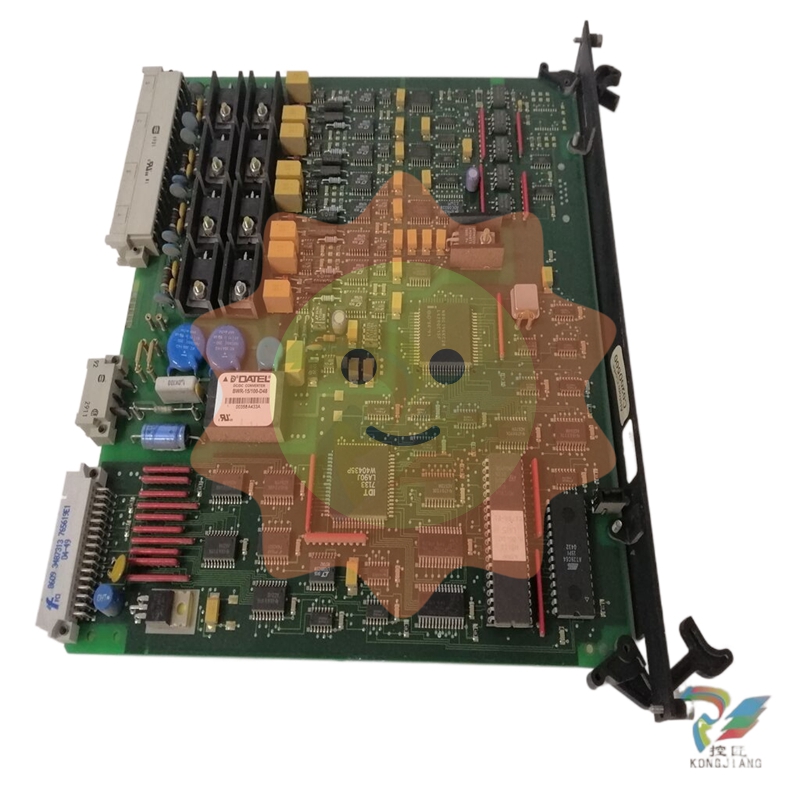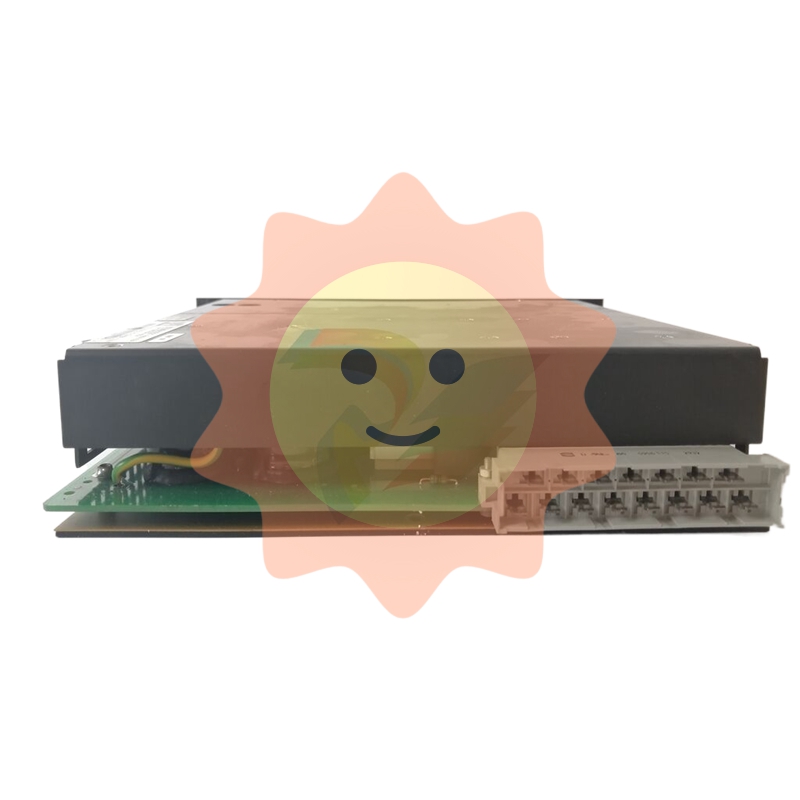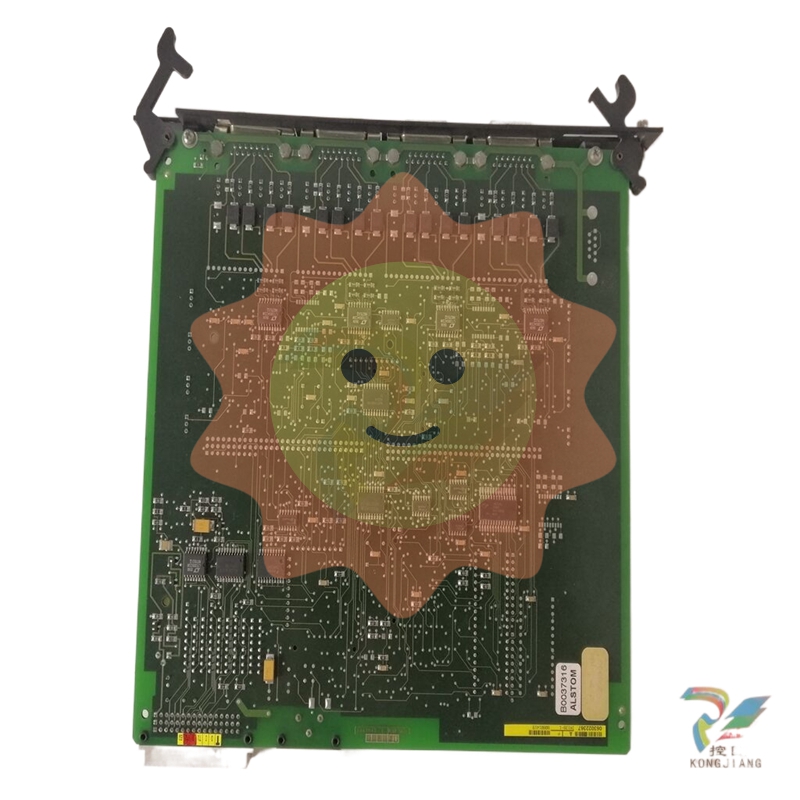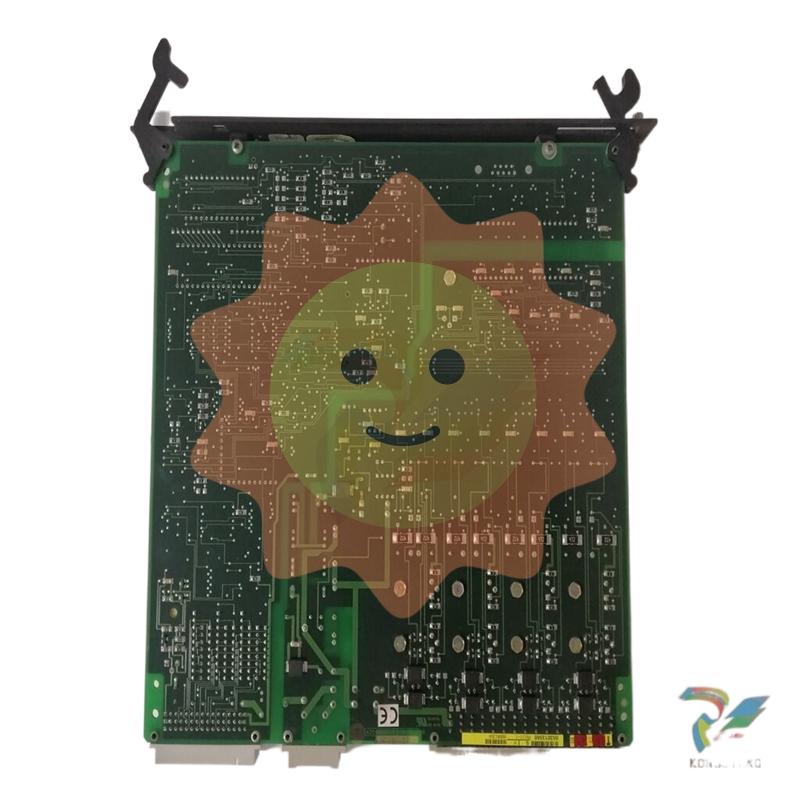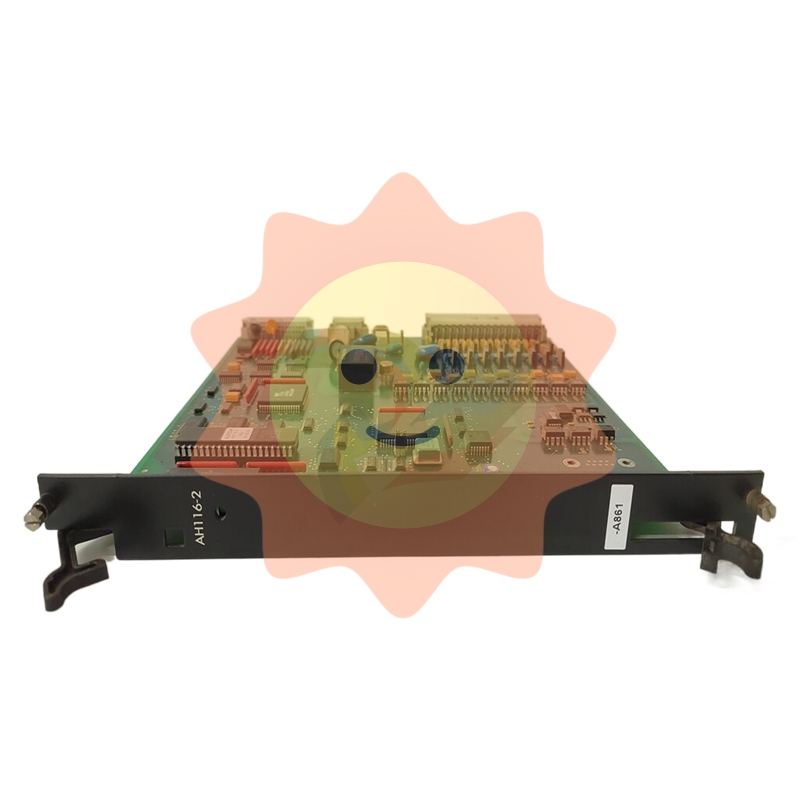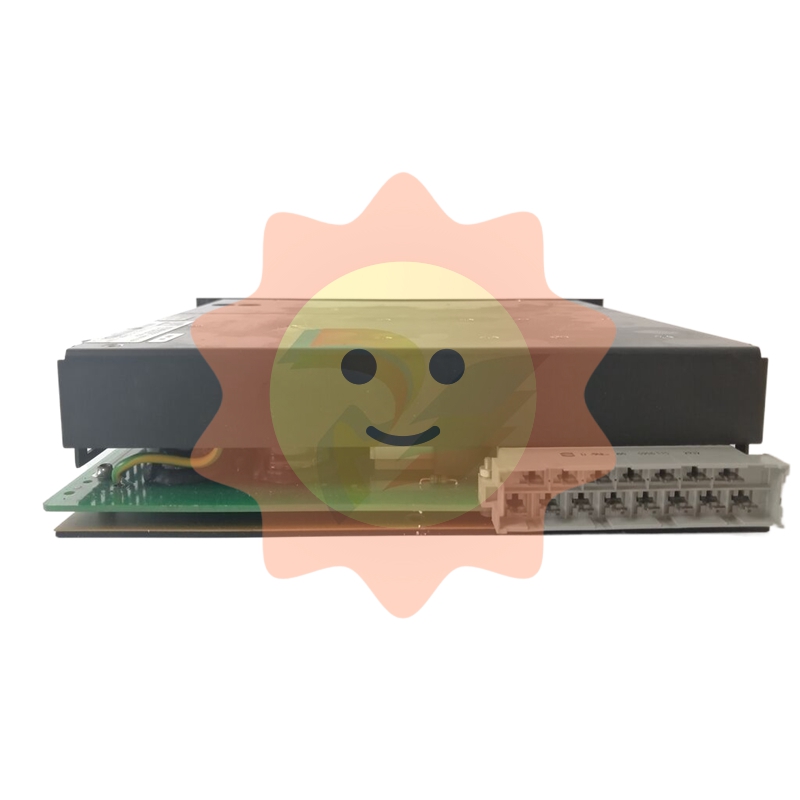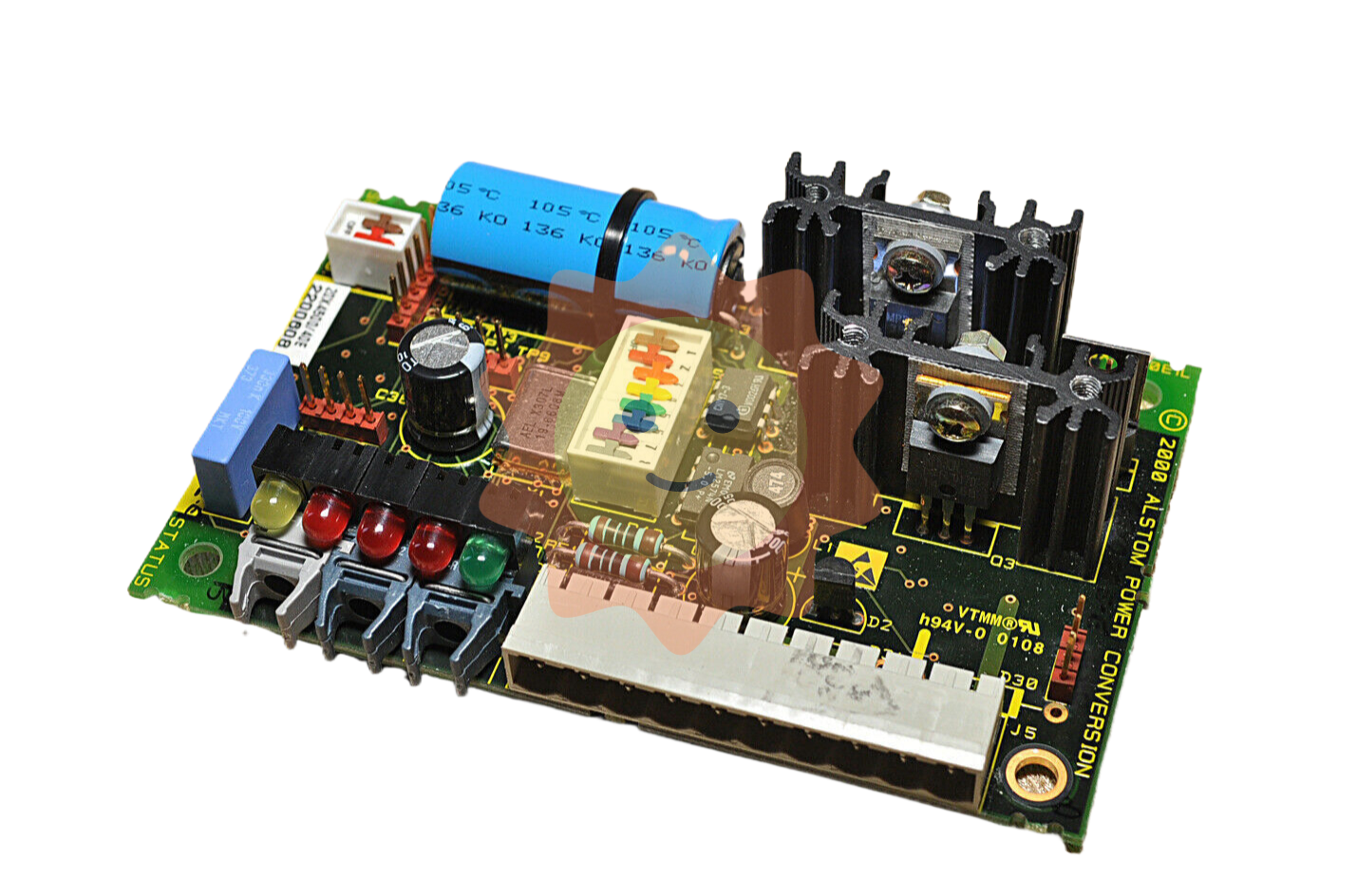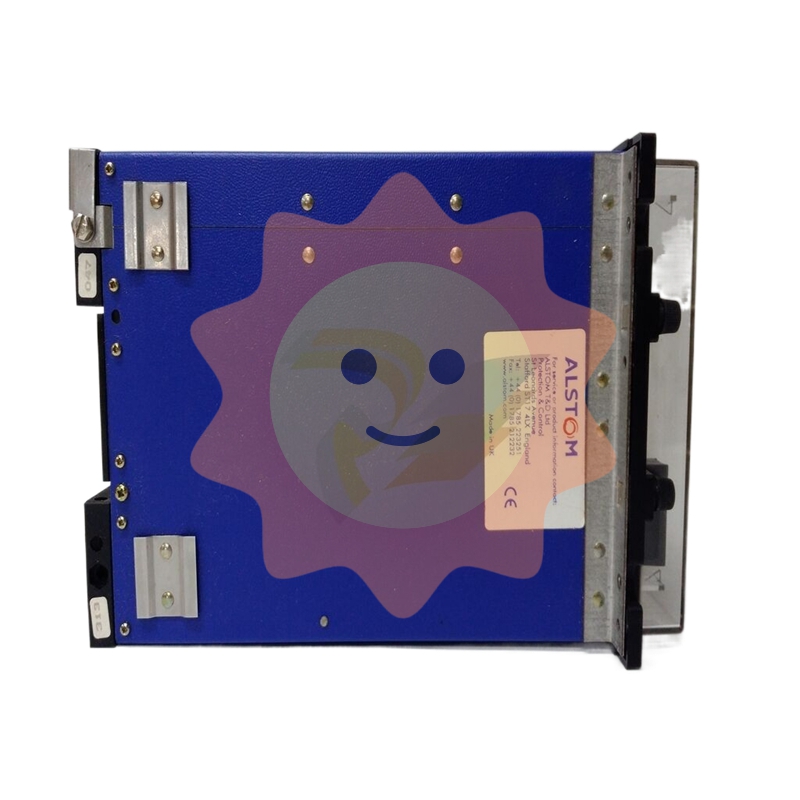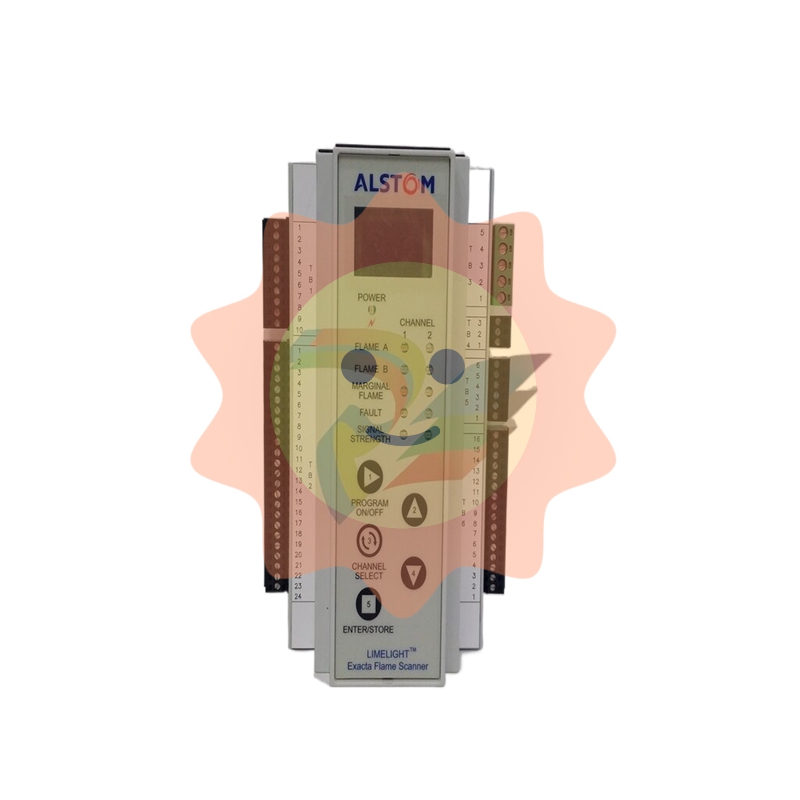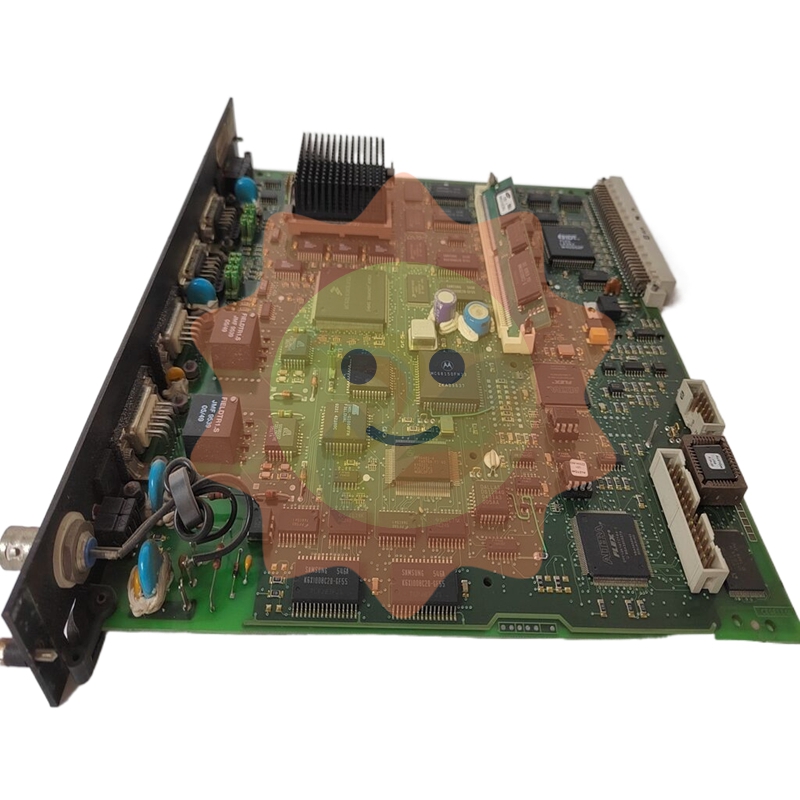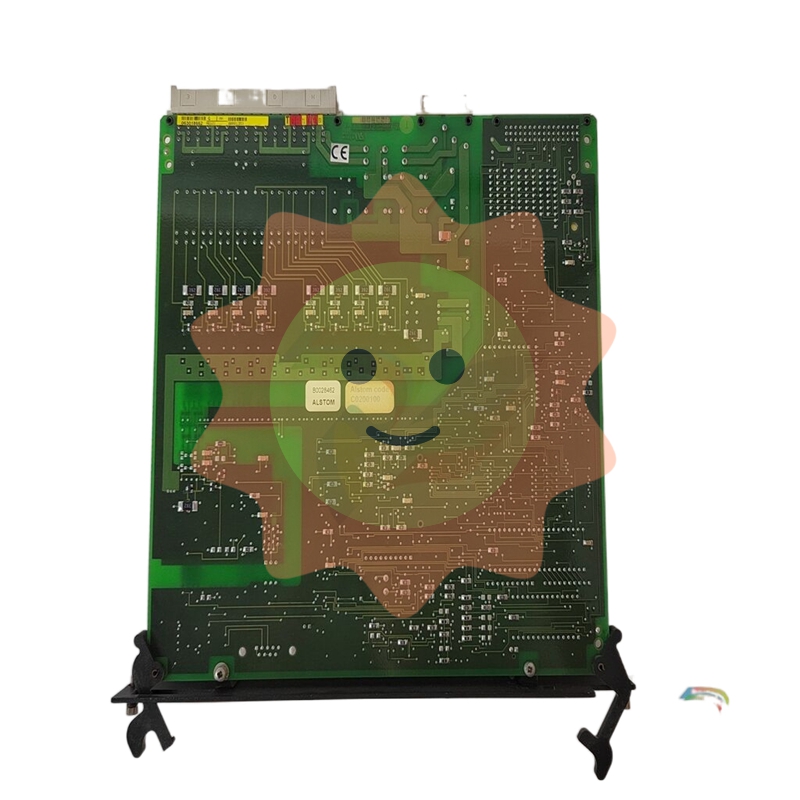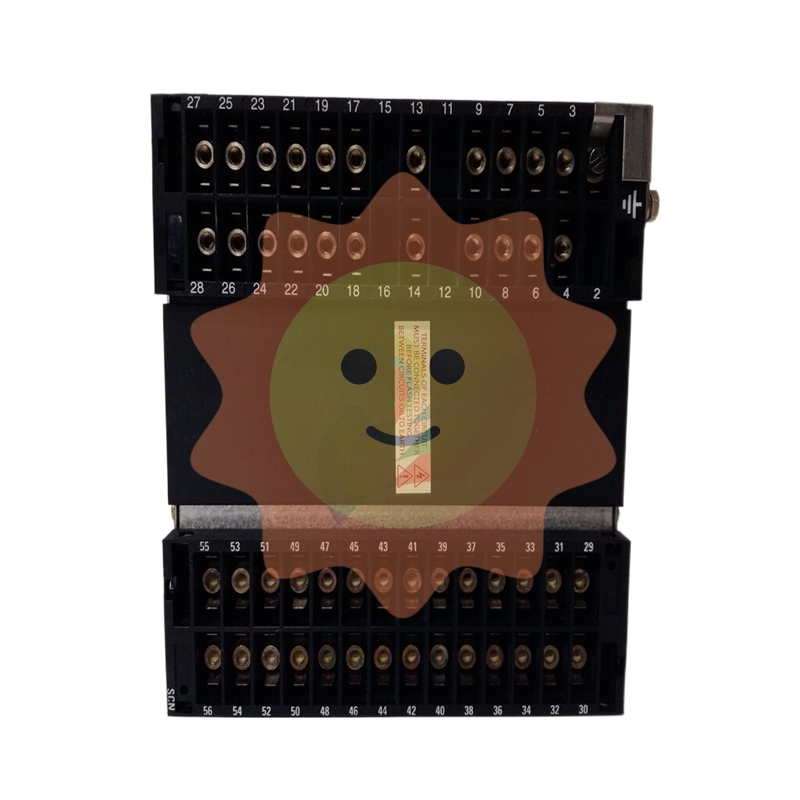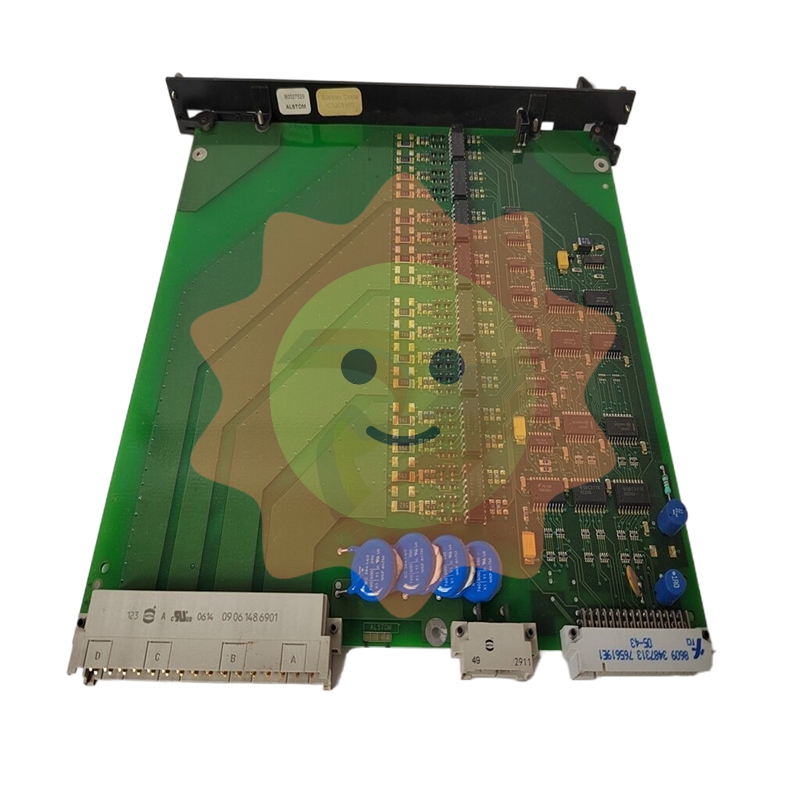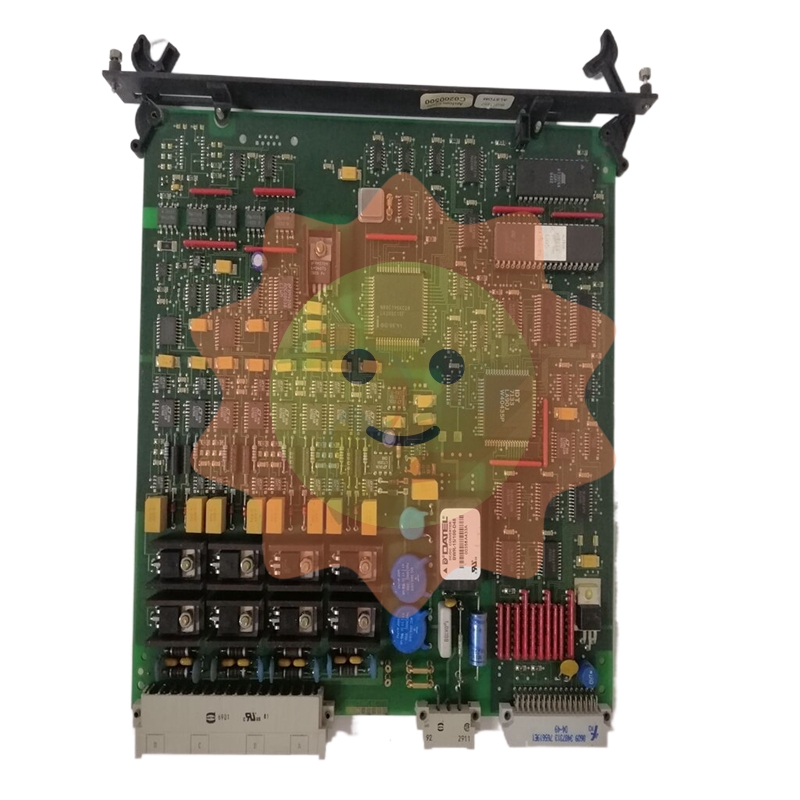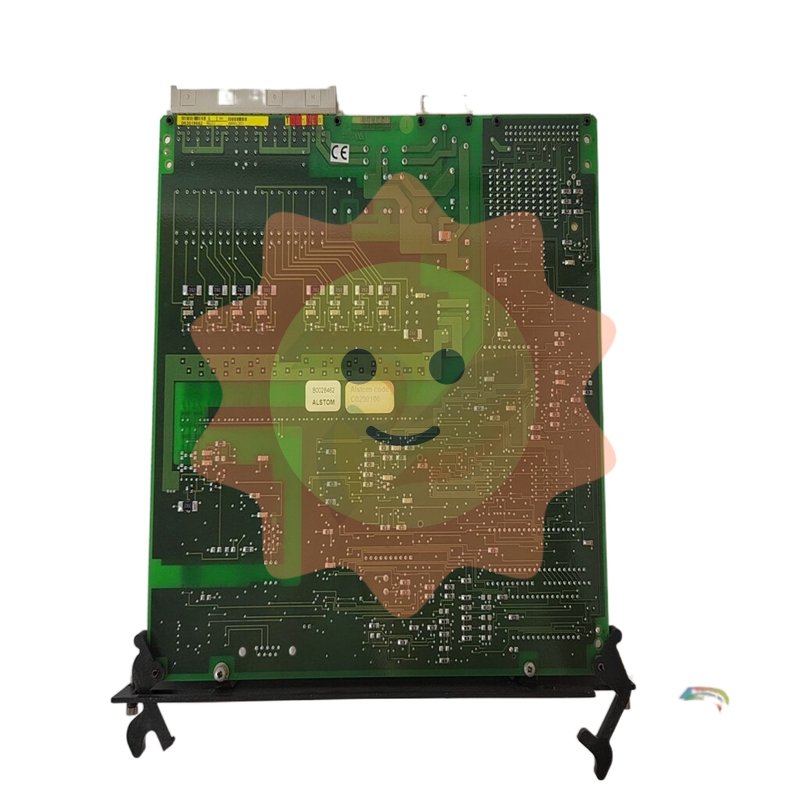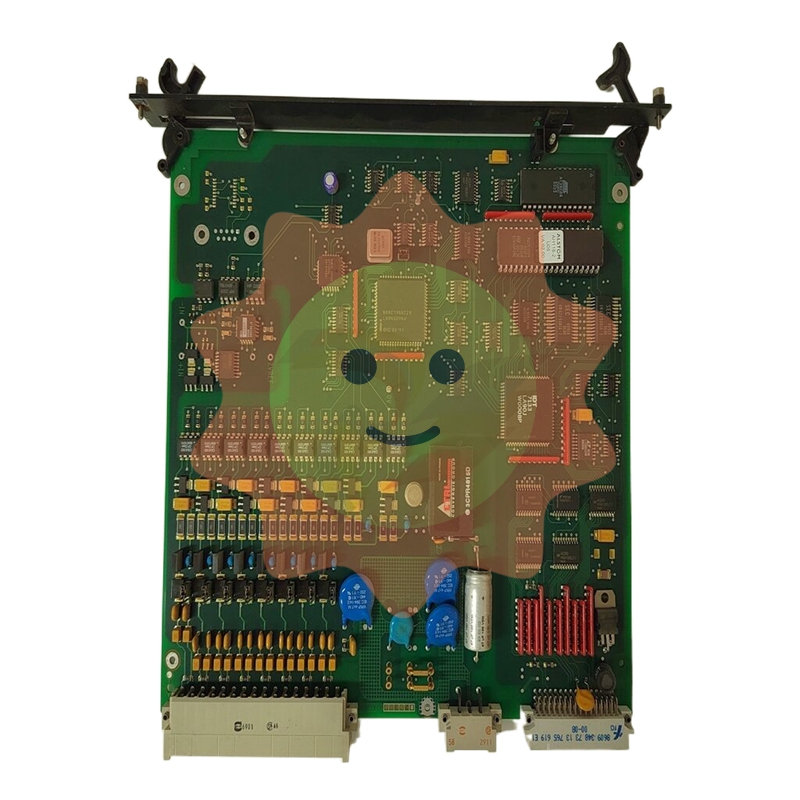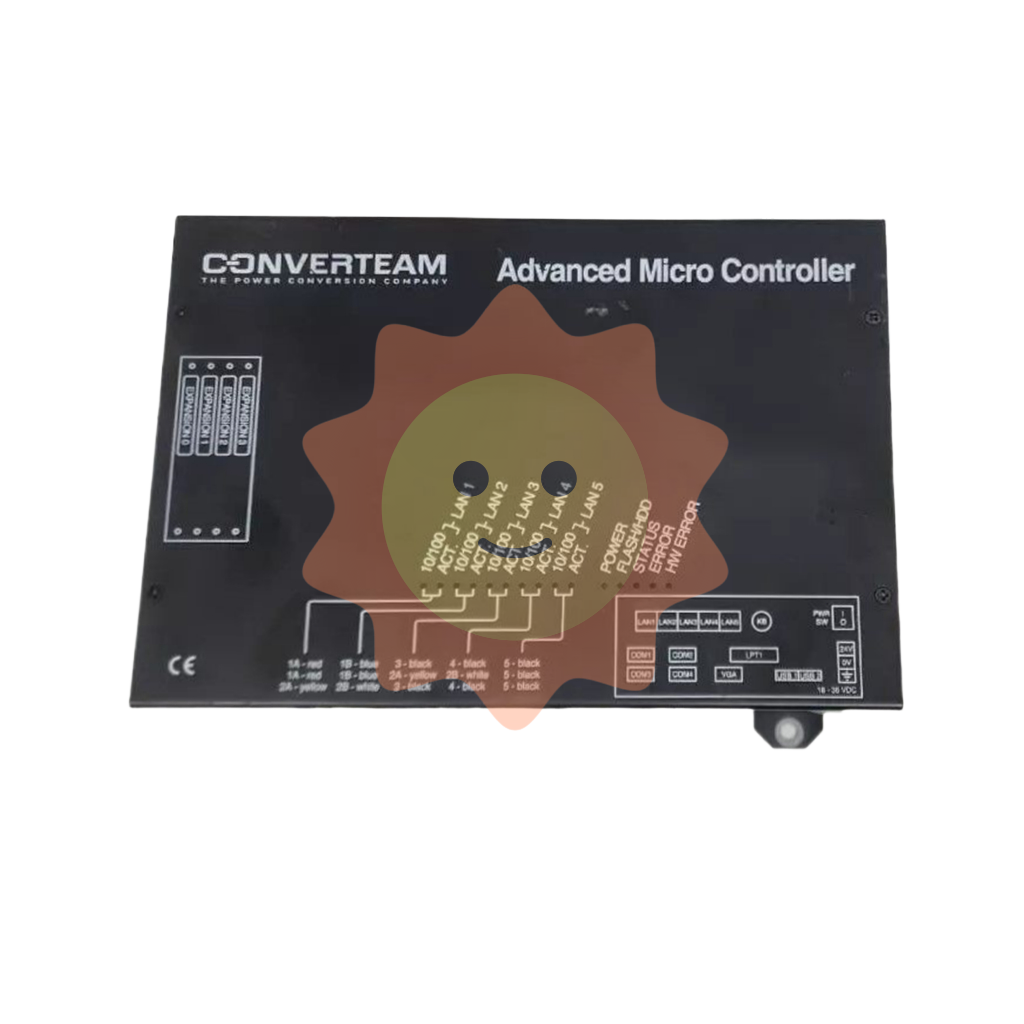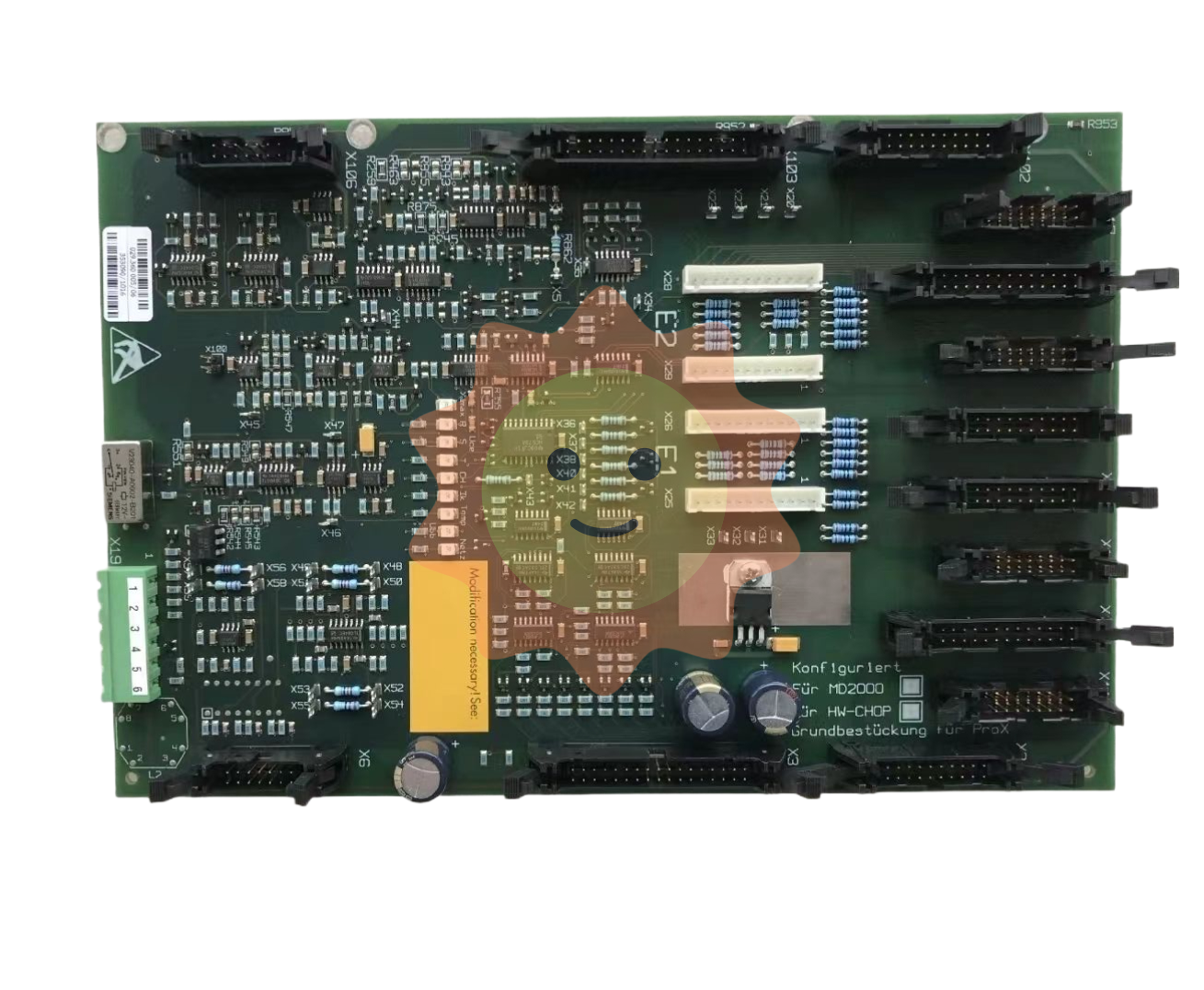Learn about filament weaving
As the closing work of the PyeongChang Winter Olympics, "Beijing 8 Minutes" made a stunning appearance, and 24 roller skaters wore white jumpsuits and roller skates to daze the scene. Their costumes are full of technology and futuristic, which makes people bright. These performance costumes are light, warm, windproof, breathable, stylish and beautiful, and their fabrics are produced by filament weaving.
At present, chemical fiber filament textiles with its unique feel, as well as anti-wrinkle, crisp, anti-pilling and other characteristics, are widely used in fashion women's clothing, outdoor sportswear, special protective clothing and other clothing fields.
Filament weaving and its development status
The chemical fiber filament weaving industry is an emerging industry that started in the 1980s, initially based on imitation silk, with the progress of science and technology, the industry has been rapid development, chemical fiber filament weaving has expanded to imitation cotton, imitation wool, imitation linen, imitation suede and other artificial fabrics, and the application has gradually expanded from clothing textiles to household textiles and industrial textiles. Output rose from 4.1 billion meters in 2000 to 48.2 billion meters in 2017, with an average annual growth rate of more than 15%, making it one of the fastest growing textile industries. With an annual output value of nearly 200 billion yuan and an annual export volume of more than 14 billion meters, it is the largest export of woven fabrics in the textile industry.
In 2017, China's chemical fiber production reached 49.196 million tons, accounting for more than 70% of all fiber production, of which more than 30 million tons of chemical fiber filament, more than 60% of chemical fiber filament used for weaving, chemical fiber filament in the replacement of silk, cotton, wool, hemp and other natural fibers, to meet the needs of people's lives played an important role. According to customs statistics, in 2017, China's total export of chemical fiber filament fabrics was 12.405 billion US dollars, an increase of 5.77%; The actual export volume reached 14.122 billion meters, an increase of 10.02%. Among them, the export of polyester filament fabric 12.186 billion meters, an increase of 9.55%; The export of nylon filament fabric was 435 million meters, an increase of 13.87%.
According to the National Bureau of Statistics, in 2017, the main business income of China's chemical fiber weaving and printing and dyeing processing industry was 132.809 billion yuan, an increase of 9.28%, a growth rate of 4.2 percentage points; The total profit was 6.577 billion yuan, up 22.37 percent year-on-year.
In 2017, the actual investment in China's chemical fiber weaving and printing and dyeing processing industry was 48.155 billion yuan, down 0.42% year-on-year. The investment of chemical fiber weaving enterprises is mainly used for equipment renewal and transformation of product development and upgrading, new enterprises and capacity expansion in industrial transfer, and some investment is used for sewage treatment and water reuse system transformation in accordance with the requirements of national and local energy conservation and emission reduction policies.
At present, more than 90% of China's chemical fiber filament weaving industry is concentrated in Wujiang District of Jiangsu Province, Jiaxing City and Changxing County of Zhejiang Province and Jinjiang City of Fujian Province and other coastal developed areas, and the industrial agglomeration is extremely high.
Characteristics of filament weaving industry
1. Short production process, low cost, high efficiency, low energy consumption
The chemical fiber filament weaving industry has obvious advantages in raw materials, labor and electricity costs, and is an emerging textile industry and a strong competitive industry. In addition, the chemical fiber filament has high strength, less broken ends, eliminating spinning and other links before weaving, and has many advantages of energy saving, labor saving and high production efficiency. Among all shuttleless looms, the gap between the technical performance of domestic equipment and the international advanced level is the smallest, and the price of a single unit is the lowest, so the chemical fiber filament weaving project based on the use of water jet loom has the least investment and the lightest investment pressure compared with other textile projects.
2. More product development and obvious innovation advantages
Because the raw materials of chemical fiber fabrics are manufactured by chemical and physical methods, changing these methods can produce chemical fiber raw materials with different properties, different shapes and different specifications. These different raw materials through the weaving process of pure weaving, interweaving, mixed different combinations and changes in organizational structure, coupled with printing and dyeing processing of different processes, can produce thousands of different functions, different characteristics, different styles of filament fabrics, innovation gives chemical fiber filament fabric products inexhaustible vitality.
3. Great potential for development
At present, China's chemical fiber filament weaving industry is mainly concentrated in the coastal developed areas. Domestic cotton textile, knitting and other industries have begun to transfer from China's eastern region to the central and western regions and Southeast Asia during the eleventh Five-Year Plan period, and the chemical fiber filament weaving industry can digest the relatively high cost of production factors in developed coastal areas and always maintain healthy and rapid development, indicating that the market potential and competitive advantages of the industry still exist.
According to the United Nations forecast, the global textile fiber processing volume will reach 253 million tons in 2050, of which the average annual growth rate of chemical fiber filament fabrics is 3%, and the market potential of chemical fiber weaving industry is huge.

The development prospect of filament weaving industry
Since entering the 21st century, the chemical fiber filament weaving industry has played an increasingly important role in promoting the development of spinning technology, fiber simulation technology, weaving technology, chemical fiber printing and dyeing technology, and fabric finishing technology, and guiding the development of high-performance multi-functional textiles. It plays a key role in connecting the links from chemical fibers to clothing fabrics, home textiles and industrial textiles. As an industry with rapid development, rich in high-tech and rapidly expanding product application range, the chemical fiber filament weaving industry plays an important supporting role in promoting the textile industry to achieve the strategy of science and technology power and brand power, and in the textile industry to achieve environmentally friendly and sustainable development strategy.
With the development of artificial intelligence, electronics, medicine, architecture, aerospace and other technologies, new chemical fiber filament fabrics continue to emerge, the application is more and more broad, chemical fiber filament fabrics in smart wear, medical, agriculture, national defense, aerospace and automotive and other fields play an irreplaceable role.
Advantages and disadvantages of water jet loom
In the chemical fiber filament weaving process, the weaving equipment used is mainly water jet loom, air jet loom and rapier loom and other looms are supplemented, and the shuttleless rate of loom is 100%.
Water jet loom, which uses water as weft insertion medium, can effectively eliminate the influence of chemical fiber static electricity on weaving, and is the most suitable equipment for chemical fiber filament weaving, especially for hydrophobic filament weaving such as polyester. Compared with air jet, rapier and shuttle loom, water jet loom has the characteristics of less investment, less labor, high efficiency, energy saving, and the most suitable for the production of hydrophobic chemical fiber fabric. The disadvantage of the water-jet loom is that its weft insertion with water will produce a certain amount of production wastewater, which needs to be treated and reused, and it is not suitable to put the water-jet loom upstairs for production.
Water jet loom is the best model for producing chemical fiber filament fabric. With the growing market demand for chemical fiber filament fabrics, the chemical fiber filament weaving industry is booming and will continue to maintain stable and rapid growth, and the future demand and investment will also maintain a growth trend.

Treatment of water jet weaving wastewater
Recently, affected by environmental protection policies, key industrial clusters such as Xiuzhou District, Jiaxing City, Zhejiang Province, and Wujiang District, Suzhou City, Jiangsu Province, have increased the regulation of the industry's water jet loom, focusing on the "small, scattered and chaotic" situation of the cluster. Shut down "no license no license, no environmental assessment, no record, unauthorized new water loom" that is, "low small scattered" enterprises; Through standardization and upgrading, all large-scale enterprises will be concentrated in industrial parks, and 100% of sewage treatment and reclaimed water will be realized.
The main pollutants in water jet loom wastewater are oil and slurry. The pollutants are relatively simple and much easier to treat than printing and dyeing wastewater. The sewage can be reused after simple treatment such as air flotation, filtration and activated carbon sterilization. At present, many enterprises and parks have realized 100% treatment and 100% reuse of sprinkler wastewater. In other words, as long as the production water of the water jet loom is implemented, the water can be reused many times, and the discharge is completely zero.
At present, most enterprises adopt self-built water treatment system to realize the reuse of reclaimed water, in order to achieve the goal of saving water resources, reclaimed water and controlling sewage discharge. Local governments and competent departments are also very enthusiastic about the reuse of reclaimed water, and generally will centrally treat wastewater to ensure the effect of treatment and the comprehensive utilization of water resources, give full play to the regulatory role of the market, and enhance the sustainable development of the upstream and downstream through the transformation and upgrading of the industry, so as to achieve the environmentally friendly, green and harmonious development of the whole textile industry chain.
Under the joint efforts of the vast number of filament weaving enterprises, industry associations and local governments of various industrial clusters, the filament weaving industry is moving in the direction of high scientific and technological content, green ecology and environmental friendliness.
- EMERSON
- Honeywell
- CTI
- Rolls-Royce
- General Electric
- Woodward
- Yaskawa
- xYCOM
- Motorola
- Siemens
- Rockwell
- ABB
- B&R
- HIMA
- Construction site
- electricity
- Automobile market
- PLC
- DCS
- Motor drivers
- VSD
- Implications
- cement
- CO2
- CEM
- methane
- Artificial intelligence
- Titanic
- Solar energy
- Hydrogen fuel cell
- Hydrogen and fuel cells
- Hydrogen and oxygen fuel cells
- tyre
- Chemical fiber
- dynamo
- corpuscle
- Pulp and paper
- printing
- fossil
- FANUC
- Food and beverage
- Life science
- Sewage treatment
- Personal care
- electricity
- boats
- infrastructure
- Automobile industry
- metallurgy
- Nuclear power generation
- Geothermal power generation
- Water and wastewater
- Infrastructure construction
- Mine hazard
- steel
- papermaking
- Natural gas industry
- Infrastructure construction
- Power and energy
- Rubber and plastic
- Renewable energy
- pharmacy
- mining
- Plastic industry
- Schneider
- Kongsberg
- NI
- Wind energy
- International petroleum
- International new energy network
- gas
- WATLOW
- ProSoft
- SEW
- wind
- ADVANCED
- Reliance
- YOKOGAWA
- TRICONEX
- FOXBORO
- METSO
- MAN
- Advantest
- ADVANCED
- ALSTOM
- Control Wave
- AB
- AMAT
- STUDER
- KONGSBERG
- MOTOROLA
- DANAHER MOTION
- Bentley
- Galil
- EATON
- MOLEX
- Triconex
- DEIF
- B&W


email:1583694102@qq.com
wang@kongjiangauto.com

